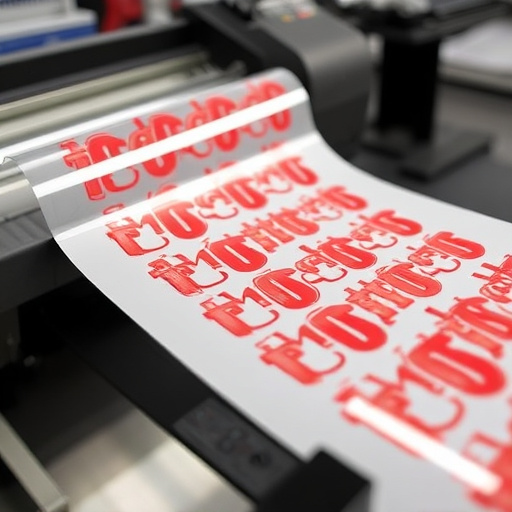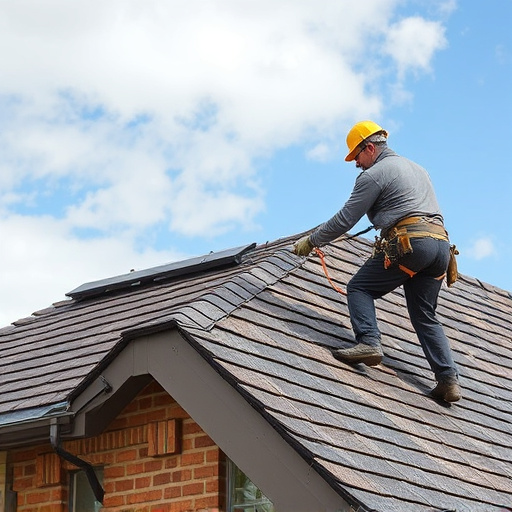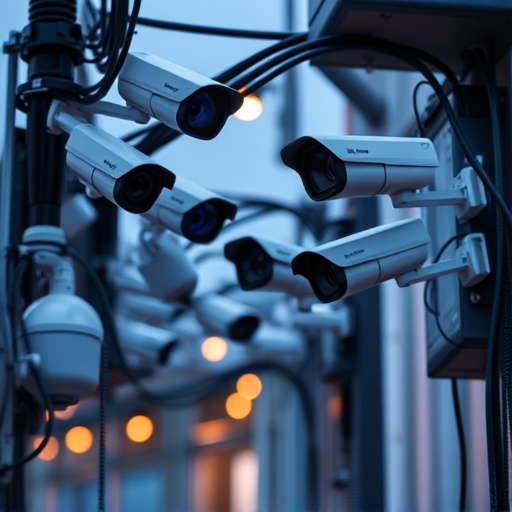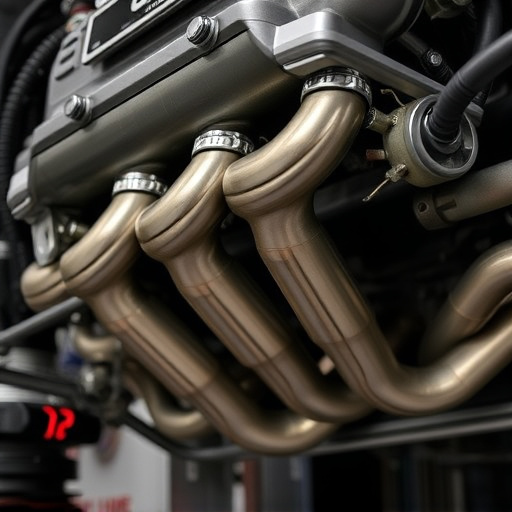Commercial window tinting boosts energy efficiency by managing heat, light, and UV transmission through specially engineered films. Benefits include reduced glare, UV protection, interior fading prevention, and scratch resistance for paint jobs. It significantly lowers cooling costs, contributes to environmental sustainability, enhances comfort and productivity, and aligns with green initiatives. Effective implementation requires assessing glass types, consulting professionals, thorough cleaning, precise application, and post-installation testing for optimal energy savings and improved working conditions.
Commercial window tinting is a powerful, often overlooked tool in enhancing building energy efficiency. This cost-effective solution offers more than just aesthetic appeal; it plays a pivotal role in reducing energy consumption and improving interior comfort. By blocking harmful UV rays and managing sunlight, commercial window tinting can significantly lower cooling costs and create more comfortable working environments. Discover how this innovative technology can transform your space.
- Understanding Commercial Window Tinting and Its Benefits
- The Role of Window Tinting in Energy Efficiency for Buildings
- Implementing Commercial Window Tinting: A Step-by-Step Guide
Understanding Commercial Window Tinting and Its Benefits

Commercial window tinting is a powerful tool for enhancing energy efficiency in buildings. It involves applying special films to windows to control the amount of heat, light, and UV radiation entering the space. These films are designed to reject heat rejection, reduce glare, and provide UV protection, all while preserving natural light transmission. This not only improves comfort for occupants but also significantly reduces cooling costs.
By adopting commercial window tinting solutions, businesses can enjoy a multitude of benefits. It acts as a protective layer on windows, shielding interiors from harsh sun rays, which can cause fading to furniture and art. Moreover, it helps preserve the appearance of vehicles or buildings by acting as a paint protection film, preventing scratches and chips. Ultimately, commercial window tinting contributes to a more sustainable environment by reducing the need for excessive energy consumption in cooling systems.
The Role of Window Tinting in Energy Efficiency for Buildings

Commercial window tinting plays a pivotal role in enhancing building energy efficiency. By blocking out harmful UV rays and reducing heat transfer through windows, it significantly improves insulation, leading to lower cooling costs during summer months. Additionally, high-quality window tinting films can reflect sunlight, preventing overheating of interior spaces, which not only saves on energy but also extends the lifespan of furniture and flooring.
In today’s eco-conscious world, embracing sustainable practices is paramount for businesses. Commercial window tinting offers a cost-effective solution by mitigating environmental impact while providing tangible benefits such as increased comfort and improved productivity among occupants. Moreover, it contributes to a building’s overall energy efficiency, aligning with the goal of reducing carbon footprints and promoting green initiatives.
Implementing Commercial Window Tinting: A Step-by-Step Guide

Implementing Commercial Window Tinting involves a strategic process to maximize energy efficiency and enhance building aesthetics. The first step is to assess the type and amount of glass in your commercial space, as different window styles require specific tinting solutions. Consult with professionals to understand the best options for your budget and goals, focusing on products certified for high-performance solar control.
Next, prepare the windows by cleaning them thoroughly to ensure the tint adheres properly. Apply the vinyl wraps or UV protection films, ensuring even coverage for maximum effectiveness. During installation, follow manufacturer guidelines carefully, using precision tools to avoid bubbles or mistakes. Once complete, test the tinting’s performance, verifying reduced heat gain and improved light control compared to untinted windows. This step-by-step approach guarantees a successful implementation of commercial window tinting, leading to significant energy savings and a more comfortable working environment.
Commercial window tinting is a powerful tool for enhancing building energy efficiency, offering a range of benefits from reduced solar heat gain to improved privacy. By implementing this technology, businesses can significantly lower their energy costs and contribute to a more sustainable future. With the right steps outlined in our guide, facilities managers can easily navigate the process and unlock these advantages, making commercial window tinting a game-changer for any building’s energy performance.














